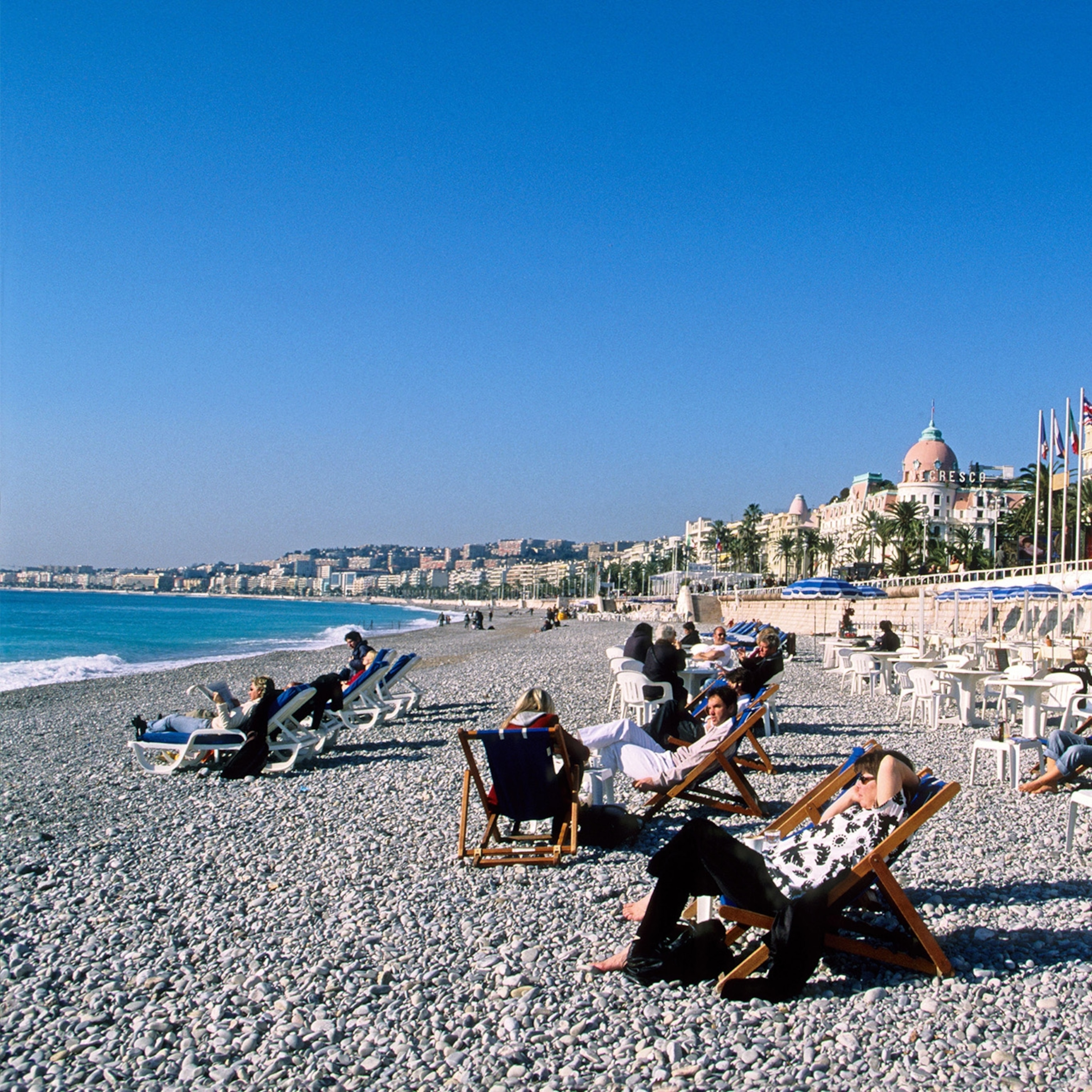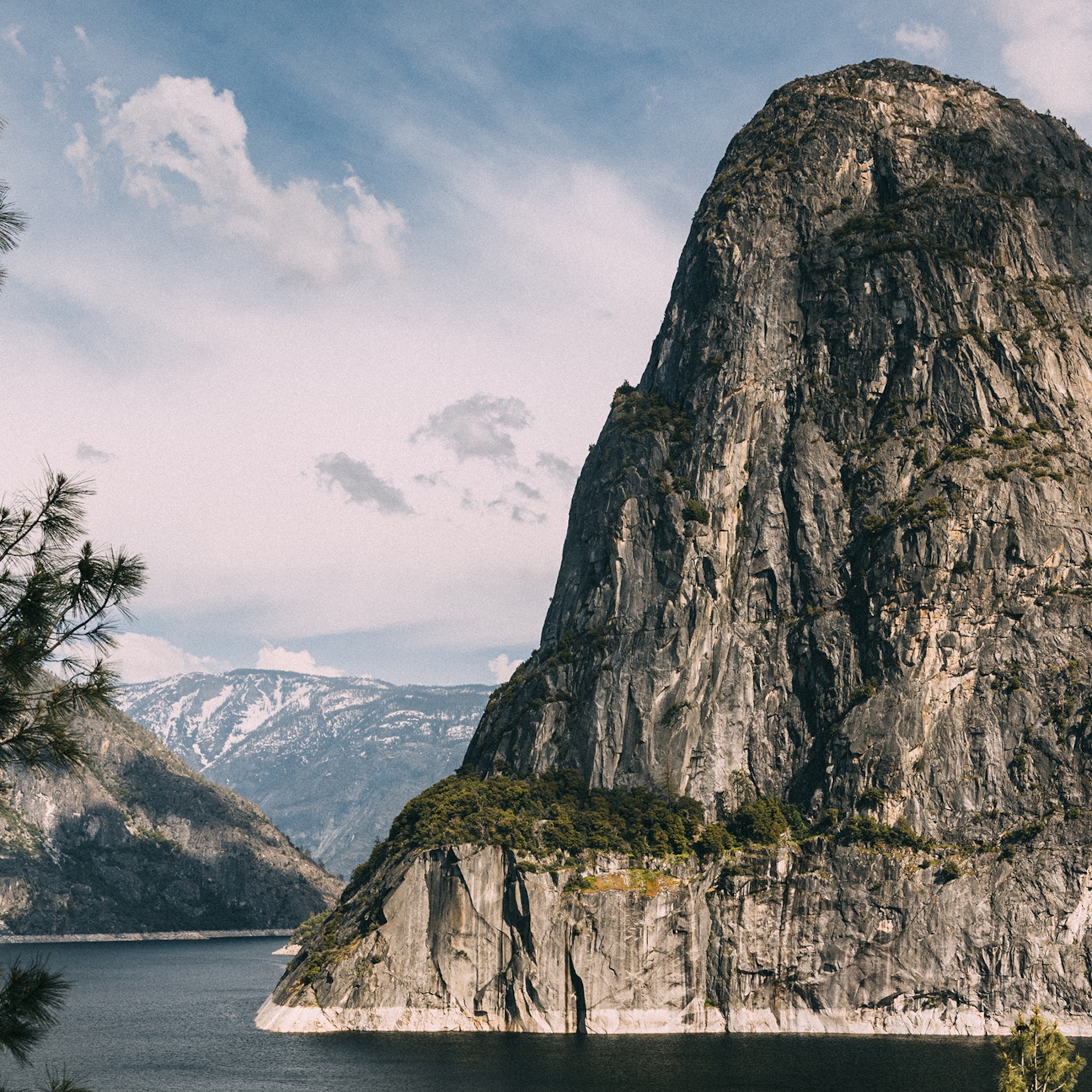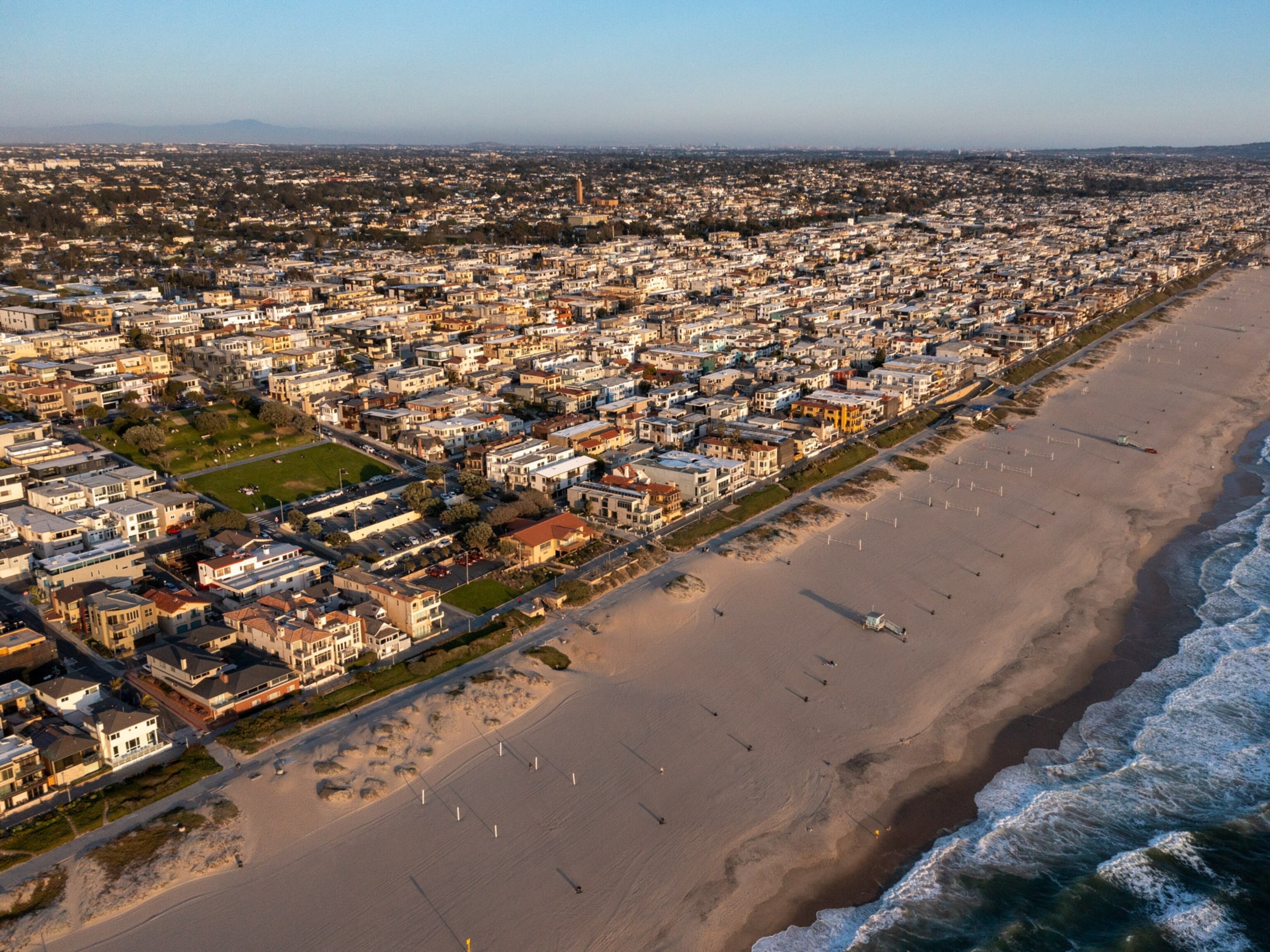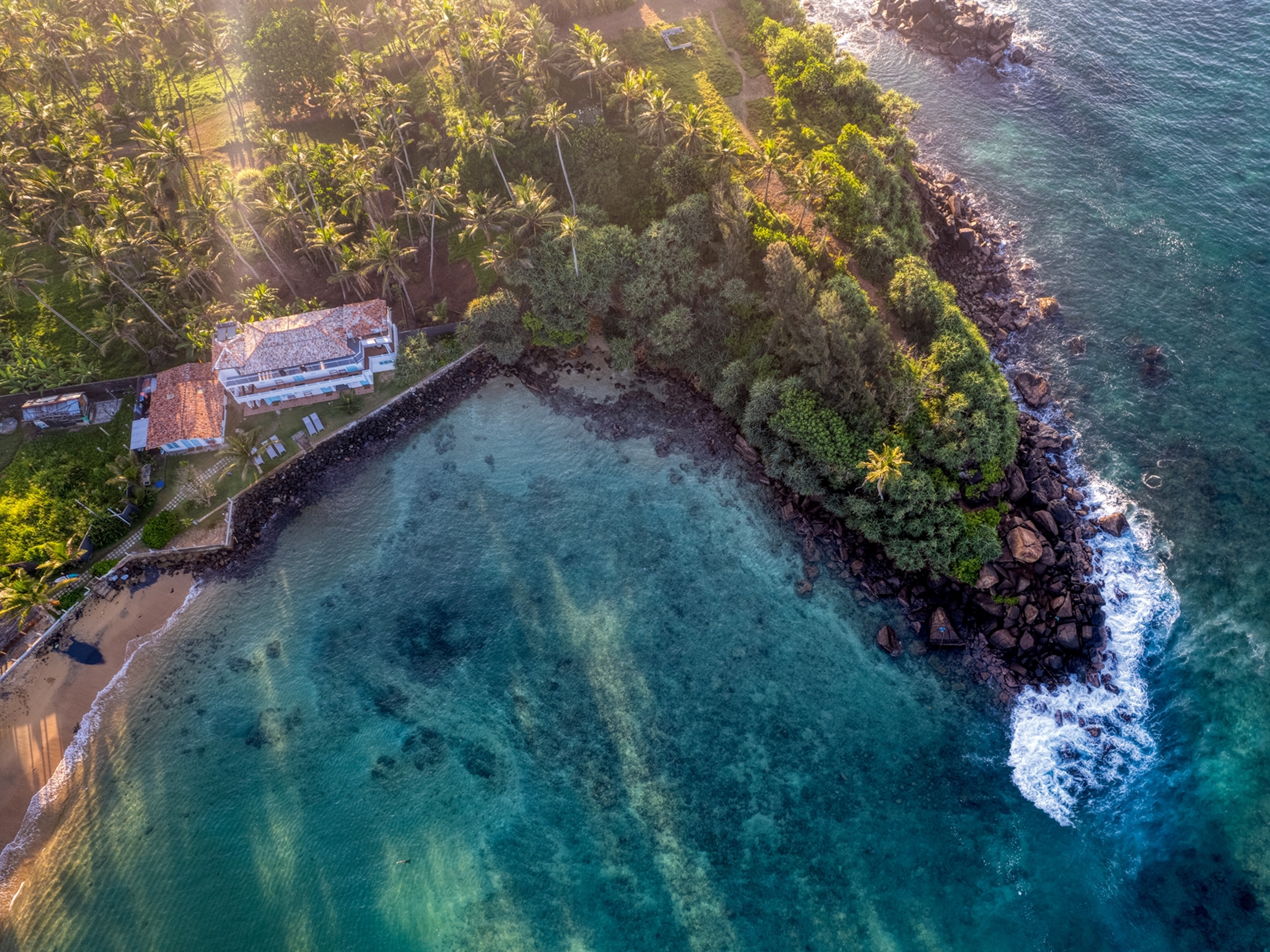These U.S. beach towns are even better in the fall
Fewer crowds and mild weather make these coastal communities a dream offseason.
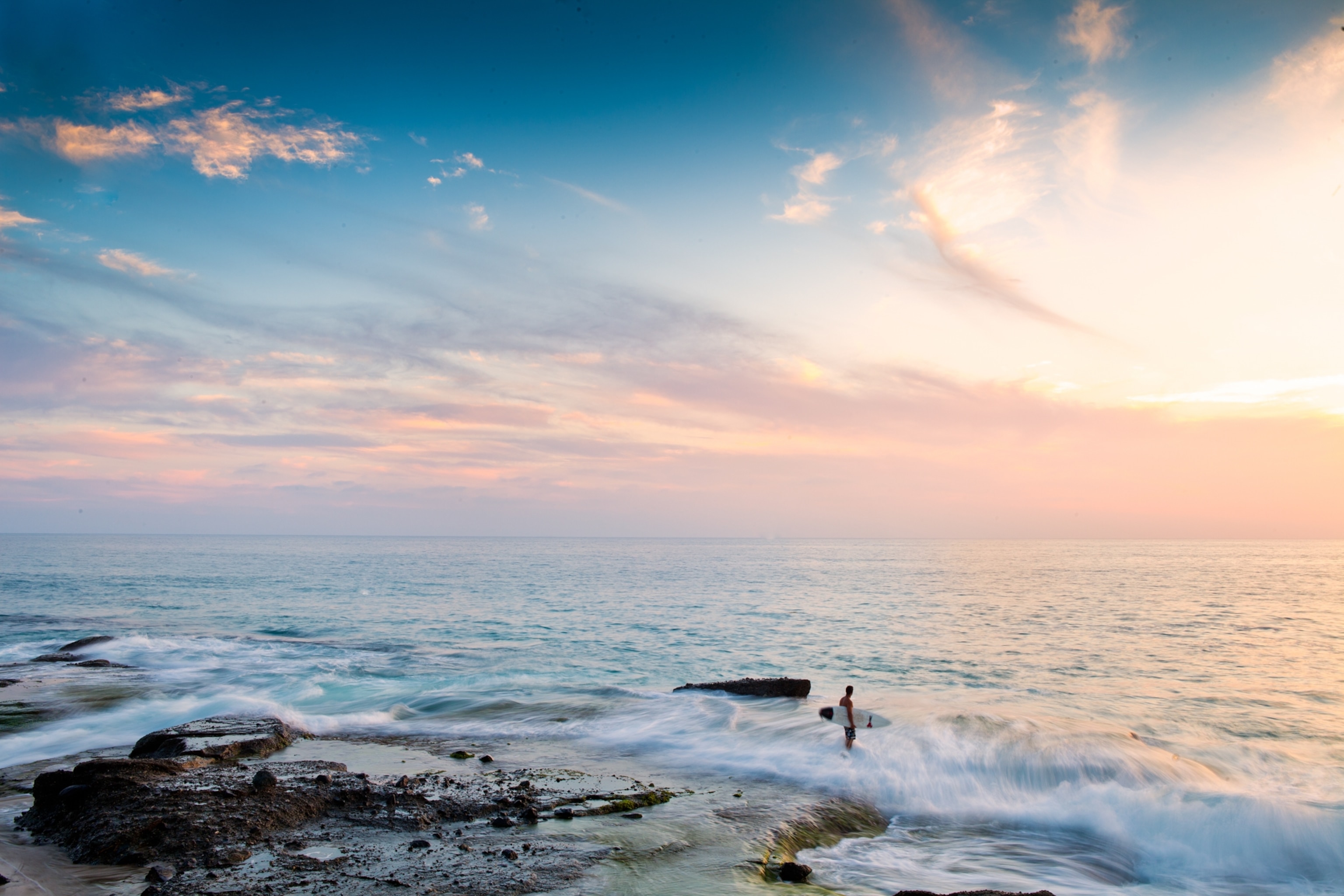
Summer may be over, but beach season doesn’t have to be. In fact, with fewer crowds and cooler temperatures, fall is the best time to explore coastal towns where cultural sites, natural wonders, and tons of history tell memorable stories to take back home. Here are seven seaside escapes that are even better offseason.
Cape May, New Jersey
Cape May, one of the oldest seaside resorts in the United States, doesn’t shut down like other Jersey Shore towns once summer ends. Come fall, visitors have plenty of elbow room to walk or bike along the promenade, explore the two miles of glittering shoreline, and stop for a sticky bun at the family-owned Madison’s Bakery or a double IPA from Cape May Brewery.
A National Historic District, Cape May has more than 600 well-preserved, colorful Victorian homes (think intricately designed woodwork, pitched roofs, and wraparound front porches) built after an 1878 fire destroyed 35 acres of the town.
Nearby, nature lovers can get a bird’s-eye view of the shore by climbing the 199 steps to the top of the historic Cape May Lighthouse, built in 1859. If time allows, explore the skeletal remains of the S.S. Atlantus at Sunset Beach and search for “Cape May Diamonds,” pure quartz crystals first discovered by the Kechemeche who inhabited this peninsula in the 17th century.
(To help preserve lighthouses, sleep in one.)
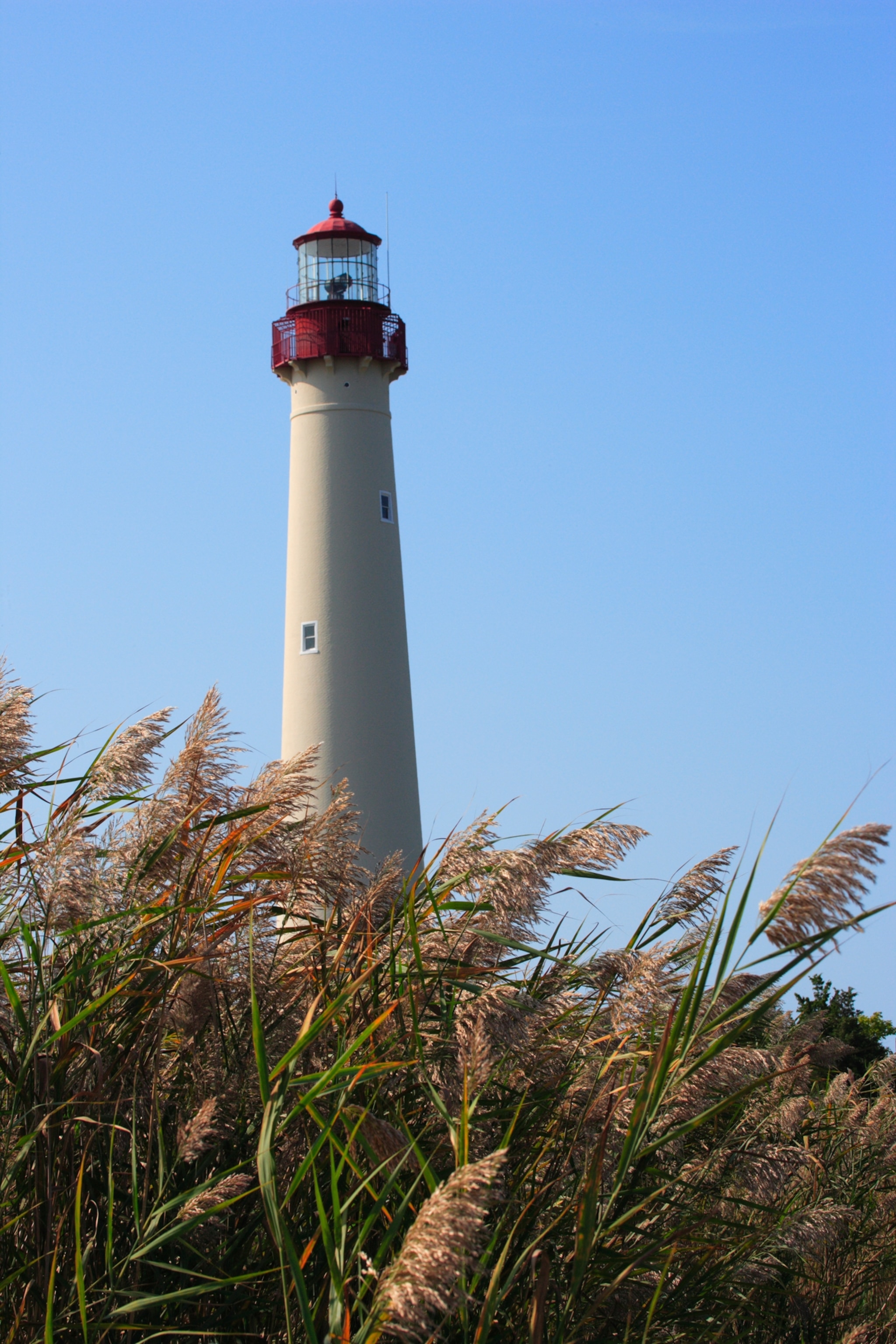
Haleʻiwa, Oʻahu, Hawaiʻi
Anchoring what’s known as the Seven Mile Miracle of world-class surf breaks on Oʻahu’s North Shore, Haleʻiwa is no ordinary beach town. Behind the colorful plantation-style structures selling fish tacos and shave ice is a history that dates to the 12th century. Back then Native Hawaiians lived in this land of fertile valleys, natural springs, and access to the ocean.
Queen Liliʻuokalani, the last sovereign monarch of the Hawaiian Kingdom, vacationed here during the summer. In fact, she worshipped at a Protestant church built in 1890 that still stands today. The Haleʻiwa Hotel, which had 14 suites with hot-and-cold running water (a luxury), opened in 1899 and was considered Oʻahu’s first hotel. (It closed in 1943 and was torn down.)
Native Hawaiians discovered the epic surf along this coastline, which now lures surfers—and hordes of spectators—in the winter when massive, storm-fueled waves roll in. Fall months are quieter and slower, even by Hawaiʻi standards, with fewer people lazing on nearby beaches and wandering in the dozens of boutiques, surf shops, art galleries, and restaurants.
(Here’s how tourists can help Maui recover from wildfires.)
Revere Beach, Massachusetts
This three-mile stretch five miles north of Boston was established in 1895 by the Massachusetts legislature, making Revere Beach Reservation the first public beach in the U.S. The crescent-shaped shore hugging Massachusetts Bay attracted visitors to the Coney Island of the East, with its dance halls, movie theaters, restaurants, carousels, and, at one point, two of the tallest and fastest roller coasters in the world.
The infamous Blizzard of 1978 dumped 27 inches of snow on Boston over two days, destroying much of Revere Beach, which helped spur the area’s revitalization. Today, you can stroll the boulevard, grab a roast beef sammie or lobster roll at Kelly’s Roast Beef, and dig into a sundae at the family-run Twist & Shake. The beach is also home to the endangered, sand-hued piping plover.
(6 ways to make your next beach visit sustainable.)
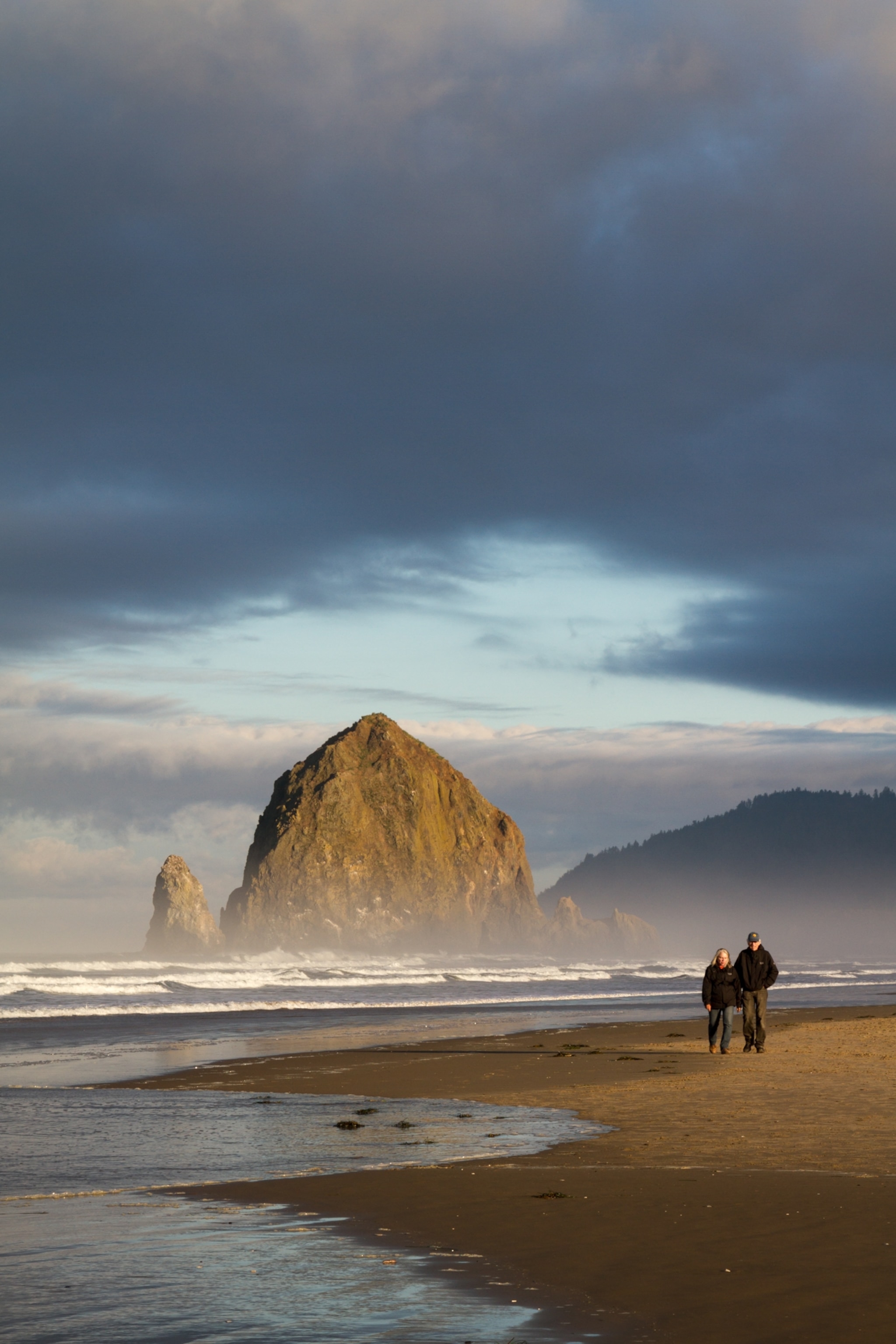
Cannon Beach, Oregon
Since the 15th century, the area surrounding Cannon Beach, about 80 miles west of Portland, was occupied by Native American tribes, including the Clatsop, Nehalem, and Tillamook. Spanish explorers arrived here as early as the 1500s, followed in 1806 by William Clark and Sacagawea. The latter was commemorated by a 10-foot cedar sculpture called the “Welcome Pole” by Native American artist Guy Capoeman. You can see this work on the self-guided Cannon Beach Public Art Walking Tour, which spans 1.5 miles.
The beach was named for the artillery that washed ashore after the fabled U.S.S. Shark sank in 1846. Visitors can see one of its namesake cannons at the Cannon Beach History Center and Museum.
But the expansive beach is still the main draw, crowned by monolithic Haystack Rock, a 235-foot basalt sea stack right on the shoreline. (You might recognize it from The Goonies and Kindergarten Cop.) At low tide, explore tidepools teeming with sea stars, anemones, crabs, and nudibranchs. September is often the warmest on the coast, although it gets much cooler around October.
(Explore the Oregon coast, but don’t touch the “dragon toes.”)
Laguna Beach, California
Located 50 miles south of Los Angeles, this scalloped coastline with its freshwater canyon lakes once drew nomadic Native Americans. Back then it was called Lagonas, a corruption of the Spanish word for lagoon. After President Abraham Lincoln signed the Homestead Act in 1862, 41 homesteaders claimed land here—the only town in Orange County that was homesteaded; ranchers developed the rest.
Today about 30 beaches draw sun seekers, from the action-packed Main Beach (Michael Jordan once played at the basketball courts here) to the secluded Thousand Steps Beach. (It actually only takes 218 steps down a steep staircase to get there.)
Fall is the best time to visit—the crowds have thinned, the water is warm, and the weather is nice enough to eat at one of the many alfresco restaurants. After, hit the 2.4-mile Top of the World hike, which offers panoramic views from Catalina Island to Mount Baldy.

Atlantic Beach, South Carolina
Known as the Black Pearl, Atlantic Beach is one of the few Black-owned beaches that remain in the U.S. For more than three decades, this town spanning just four blocks was a bustling vacation spot for Black beach-goers living in the segregated South. In the early 1930s, Black entrepreneurs and families ran hotels, restaurants, and shops here. But while the town boomed in the 1940s and ’50s, it declined after segregation as Black tourists left to explore other vacation spots. These days, residents—many who are descendants of the Gullah Geechee, former enslaved people from the west coast of Africa—are working to preserve the town’s history. You can visit historic sites in the area, mostly at nearby Myrtle Beach.
(Bruce’s Beach was stolen a century ago. It’s finally being returned.)
St. Augustine Beach, Florida
Forty-two years before the English colonized Jamestown and 55 years before Pilgrims landed at Plymouth Rock, the Spanish explorer Don Pedro Menéndez de Avilés stepped onto Florida’s shores and declared the settlement St. Augustine. Now it’s considered the oldest, continuously occupied settlement in the U.S.
Stroll the redbrick streets lined with centuries-old buildings, or hop on an Old Town Trolley tour. The City Gate, built with coquina blocks in 1808, and the González-Alvarez House, the oldest surviving Spanish colonial dwelling in the city, are just two notable points of interest.
Less humidity in the fall means pleasant walks around the historic city and its 42 miles of sandy shores. Go horseback riding on Crescent Beach, or look for shark’s teeth at Mickler’s Landing Beach, known for its pink sand made from crushed coquina.
